A Comprehensive Guide to Understanding Pollution Types & Causes
Explore the definition of pollution, its various types, and the importance of addressing this critical environmental issue. Learn how pollution impacts the planet and why tackling it is essential for a sustainable future.
Table of Contents
TogglePollution is one of the most significant environmental challenges we face today, impacting the planet’s ecosystems, human health, and wildlife. It refers to introducing harmful substances or contaminants into the natural environment, damaging the air, water, land, and living organisms. There are various types of pollution, including air, water, soil, noise, and light pollution, each with unique sources and consequences. Air pollution, for example, results from vehicle emissions and industrial activities, while water pollution stems from the contamination of rivers and oceans with chemicals and waste.
Addressing pollution is critical for the well-being of our planet and future generations. Reducing pollution can help preserve natural resources, protect biodiversity, and create a healthier, more sustainable world for all living beings. Therefore, taking immediate action to reduce pollution and mitigate its harmful effects is essential.
Types of Pollution
Air Pollution
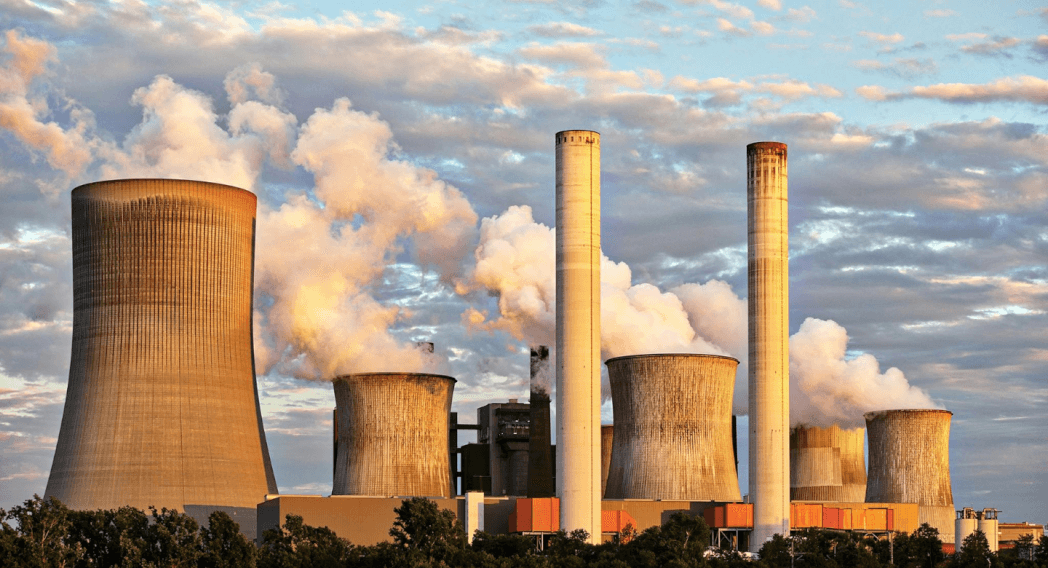
Air pollution is among the greatest environmental threats, especially to child health. It results from industrial emissions, vehicle exhaust, and other harmful pollutants that degrade air quality. In 2019, 99% of the world’s population lived in areas where air quality levels did not meet the World Health Organization’s guidelines. The impacts of air pollution are far-reaching, contributing to premature deaths and a range of health problems.
- In 2019, ambient air pollution caused 4.2 million premature deaths globally.
- The combined effects of outdoor and household air pollution led to 6.7 million premature deaths annually.
- Air pollution is a significant risk factor for respiratory diseases, heart conditions, and stroke.
- Children, the elderly, and individuals with pre-existing health conditions are especially vulnerable.
Water Pollution
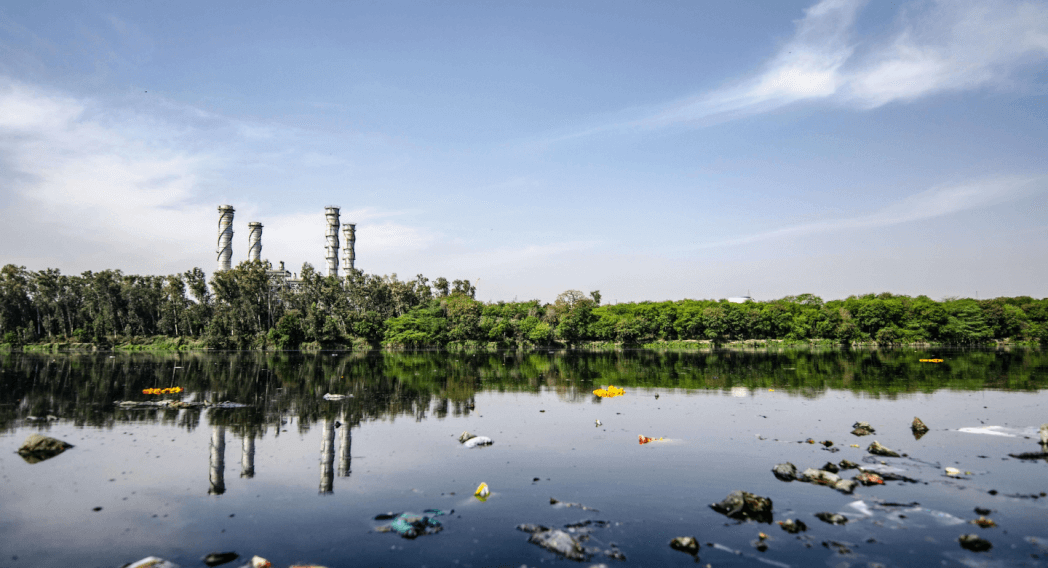
Water pollution, primarily caused by industrial waste, agricultural runoff, and improper waste disposal, has dire consequences on ecosystems and human health. As more people rely on contaminated water sources, the risk of waterborne diseases increases, leading to significant health burdens, particularly in developing regions.
- In 2021, over 2 billion people lived in water-stressed countries, a number expected to rise due to climate change and population growth.
- In 2022, 1.7 billion people used drinking water sources contaminated with feces.
- Microbial contamination from feces is a major health risk, leading to diseases like cholera, typhoid, and diarrhea.
- Contaminated water contributes to an estimated 505,000 diarrhoeal deaths annually.
Soil Pollution

Soil pollution results from hazardous substances, particularly those from agricultural practices and industrial waste. The extensive use of chemical fertilizers, pesticides, and industrial by-products contaminates the soil, impacting both the environment and human health.
- Agricultural practices like excessive use of fertilizers and pesticides are major contributors to soil pollution.
- Industrial waste and improper disposal of chemicals further degrade soil quality.
- Soil contamination reduces soil fertility, which in turn affects crop production and food security.
- Long-term exposure to contaminated soil can lead to health problems such as cancer, neurological disorders, and kidney disease.
Noise Pollution
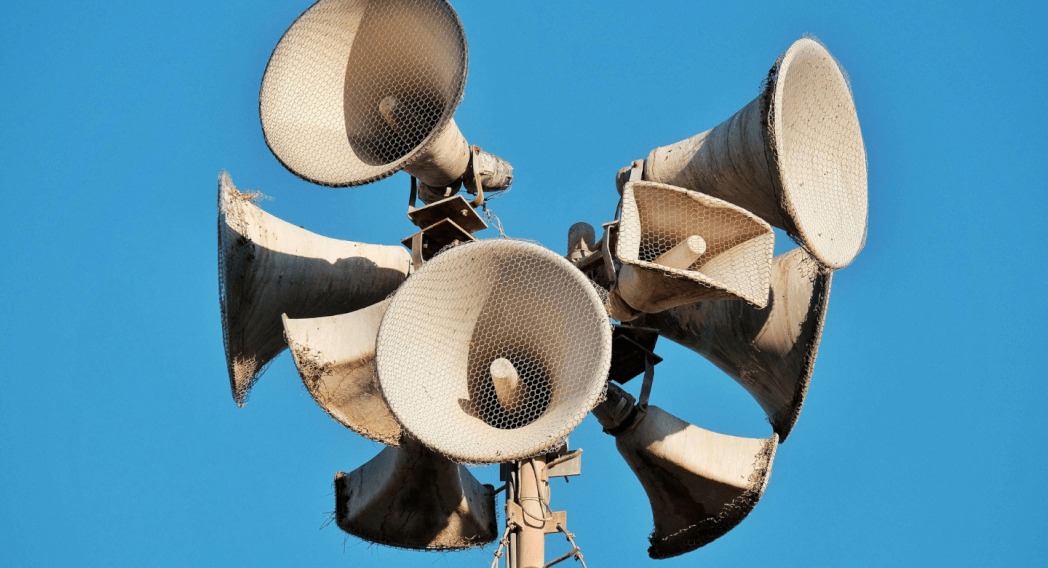
Noise pollution, primarily a result of urbanization and industrial activity, has significant negative effects on human health and the environment. Cities are becoming louder, with traffic, construction, and industrial operations contributing to increasing noise levels. Chronic exposure to high noise levels can lead to various health issues, including hearing loss, stress, and sleep disturbances.
- Urbanization and industrial noise are the primary sources of noise pollution.
- Prolonged exposure to high noise levels can cause hearing loss, sleep disturbances, and increased stress.
- Noise pollution is linked to cardiovascular diseases and reduced quality of life.
- Wildlife is also affected, with disruptions to communication, migration patterns, and feeding behaviors.
Plastic Pollution
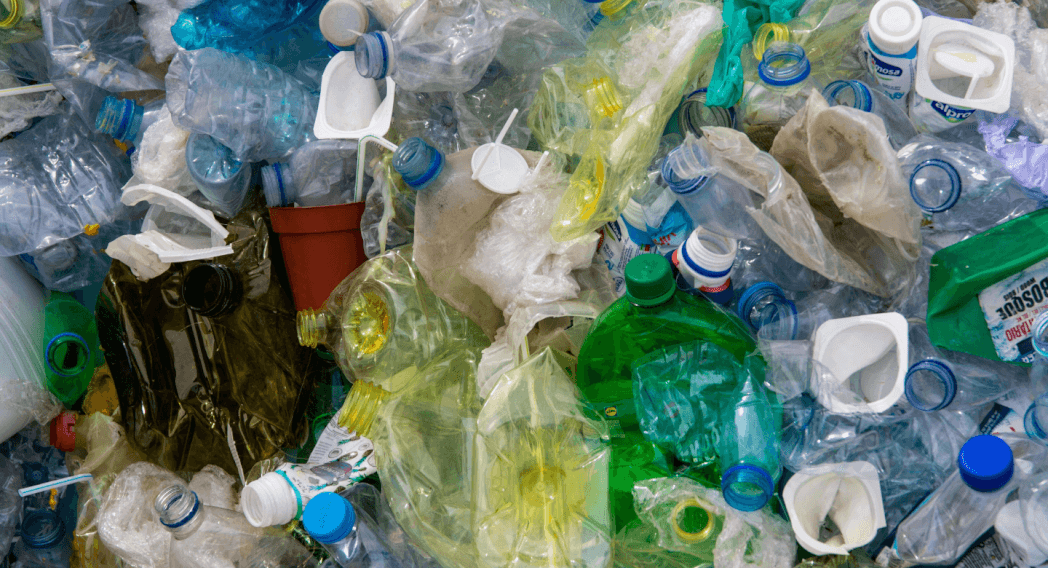
Plastic pollution is a growing environmental crisis, with single-use plastics and microplastics becoming pervasive in ecosystems worldwide. Single-use plastic items like straws, bottles, and bags are major contributors to pollution, while microplastics—tiny plastic particles—are found in oceans, rivers, and even in the air. These plastics harm wildlife, disrupt ecosystems, and pose significant risks to human health.
- Single-use plastics, such as bottles, straws, and packaging, are major contributors to pollution.
- Microplastics, tiny plastic particles smaller than 5mm, are widespread in water, soil, and the air.
- Wildlife often ingests plastic debris, leading to injury, malnutrition, or death.
- Plastics can leach harmful chemicals into ecosystems, affecting both wildlife and human health.
Light Pollution
Light pollution occurs when artificial light disrupts natural darkness, especially in urban areas. This issue not only affects our view of the night sky but also has significant impacts on both human health and wildlife. Excessive light exposure can lead to sleep disorders, hormonal imbalances, and other health problems. Additionally, it interferes with the natural behaviors of many species, such as migration, reproduction, and feeding.
- Urbanization and excessive artificial lighting contribute to increased light pollution.
- Light pollution disrupts the circadian rhythms of both humans and wildlife.
- It has been linked to sleep disorders, increased stress, and higher risks of chronic conditions like obesity and diabetes.
- Wildlife, particularly nocturnal species, may face disorientation and changes in migration or mating patterns due to artificial light exposure.
Causes of Pollution
Pollution is driven by various human activities, many of which stem from industrial, urban, and agricultural developments. As populations grow and industries expand, environmental degradation becomes more severe. The main causes of pollution include industrialization, urbanization, deforestation, improper waste management, and the overuse of plastics and chemicals.
Industrialization
The rapid growth of industries leads to the release of harmful emissions into the air, water, and soil. Factories often discharge pollutants such as carbon dioxide, sulfur dioxide, heavy metals, and toxic chemicals, contributing to air and water pollution.
Urbanization and Population Growth
As cities grow, pollution intensifies. Increased demand for energy, transportation, and resources results in greater waste production, higher emissions, and overcrowded conditions that lead to poor air and water quality.
Deforestation and Land Use Changes
Deforestation for agriculture, logging, and urban expansion leads to soil erosion, loss of biodiversity, and changes in the natural water cycle. When forests are cleared, carbon dioxide levels rise, contributing to air pollution and climate change.
Improper Waste Management
Many regions still lack effective waste management systems, leading to improper disposal of garbage. This results in land pollution and the contamination of water sources. The accumulation of waste in landfills also contributes to the release of methane, a potent greenhouse gas.
Overuse of Plastics and Chemicals
The widespread use of single-use plastics and harmful chemicals in industries and households has escalated pollution. Plastics, which take centuries to decompose, are often discarded improperly, while excessive chemical use in agriculture leads to soil and water contamination. The overuse of chemicals like pesticides and fertilizers further contributes to environmental degradation.
Effects of Pollution
Pollution has far-reaching consequences on human health, the environment, and the economy. The adverse effects are interconnected and affect both current and future generations. From respiratory diseases and waterborne illnesses to the degradation of ecosystems and economic setbacks, the impact of pollution is undeniable.
Impact on Human Health:
- Respiratory Issues: Air pollution, especially fine particulate matter (PM2.5), can penetrate deep into the lungs, causing respiratory diseases like asthma, bronchitis, and lung cancer.
- Waterborne Diseases: Contaminated water, often resulting from industrial waste and poor sanitation, is a major source of diseases like cholera, dysentery, typhoid, and diarrhea, which cause thousands of deaths annually.
Environmental Degradation:
- Loss of Biodiversity: Pollution disrupts habitats, leading to the destruction of ecosystems and loss of species. Water and soil pollution, along with deforestation, have caused many species to become endangered or extinct.
- Ecosystem Imbalance: Pollutants in water, air, and soil can harm the natural balance of ecosystems, affecting plant and animal life. For example, chemical runoff from farms can lead to algal blooms in water bodies, depleting oxygen levels and suffocating aquatic life.
Climate Change and Global Warming:
- Pollution, particularly the release of greenhouse gases (like carbon dioxide and methane), contributes significantly to global warming and climate change. These pollutants trap heat in the atmosphere, leading to rising global temperatures, melting ice caps, more frequent extreme weather events, and altered weather patterns.
Economic Consequences:
- Healthcare Costs: The rising incidence of pollution-related health issues results in increased healthcare spending. Treating diseases caused by pollution, such as respiratory illnesses and waterborne diseases, imposes a financial burden on healthcare systems worldwide.
- Agricultural Damage: Pollution affects crop production through soil contamination, water scarcity, and climate change. Poor air and water quality can reduce yields, impacting food security and leading to economic losses for farmers.
Role of Individuals in Reducing Pollution
Individuals play a crucial role in combating pollution by adopting sustainable practices and making environmentally conscious choices in their daily lives. While larger-scale changes are necessary, personal actions can significantly reduce the environmental footprint and contribute to a cleaner, healthier planet.
Adopting Sustainable Practices (Reduce, Reuse, Recycle):

- Reduce: Reducing consumption of single-use plastics and unnecessary products helps minimize waste. By choosing products with less packaging and opting for durable goods, individuals can reduce the overall amount of waste generated.
- Reuse: Reusing items like containers, bags, and clothing reduces the demand for new products, lowering the resources required for production and waste disposal. Repurposing materials is a simple yet effective way to prevent pollution.
- Recycle: Recycling materials such as paper, glass, plastic, and metal ensures that valuable resources are reused rather than ending up in landfills. Proper sorting and recycling contribute to reducing waste and conserving natural resources.
Read More About 3Rs
Supporting Green Initiatives:
- Supporting environmental organizations, initiatives, and policies that aim to reduce pollution, protect natural resources, and promote sustainability can help amplify the collective impact. Individuals can also participate in local clean-up events and advocate for stronger environmental protections in their communities.
Responsible Consumption Habits:
- Making conscious decisions about what to consume and how to dispose of products can help reduce the environmental impact. Choosing eco-friendly products, reducing energy use, and opting for public transportation or cycling instead of driving are all ways to limit pollution.
- Supporting sustainable businesses that prioritize eco-friendly production methods, renewable energy, and waste reduction practices also encourages a shift toward a greener economy.
Future Outlook
If current pollution trends continue, the planet faces severe consequences. Air pollution will exacerbate respiratory and cardiovascular diseases, leading to increased mortality rates. Water pollution will further strain freshwater resources, impacting agriculture, aquatic ecosystems, and drinking water supplies. Soil contamination could render vast areas of land infertile, threatening food security. Plastic pollution is projected to triple by 2060, causing extensive harm to marine life and entering human food chains. Climate change, driven by greenhouse gas emissions, will lead to more extreme weather events, rising sea levels, and loss of biodiversity.
However, emerging technologies and innovations offer hope in combating pollution. Renewable energy solutions like solar, wind, and tidal energy are rapidly replacing fossil fuels, significantly reducing air pollution. Carbon capture and storage (CCS) technologies are being developed to trap and store CO2 emissions from industrial processes. Innovations in biodegradable materials and circular economy models aim to reduce plastic waste. Advanced water purification technologies, such as nanofiltration and bio-remediation, are enhancing water quality. Smart waste management systems and AI-driven recycling methods are revolutionizing waste disposal and resource recovery.
Conclusion
Pollution remains one of the most pressing global challenges, affecting human health, ecosystems, and economies. Addressing this issue requires a multifaceted approach that includes stricter regulations, innovative technologies, and widespread public participation. Governments must enforce environmental laws and invest in green infrastructure. Industries need to adopt sustainable practices and invest in eco-friendly innovations. Individuals can contribute by reducing waste, conserving energy, and supporting sustainable products.
References
Pollution. (n.d.). https://education.nationalgeographic.org/resource/pollution/
Nathanson, J. A. (2024, December 21). Pollution | Definition, History, Types, & Facts. Encyclopedia Britannica. https://www.britannica.com/science/pollution-environment
World Health Organization: WHO. (2019, July 30). Air pollution. https://www.who.int/health-topics/air-pollution#tab=tab_1
Water pollution: Everything you need to know. (2024, May 2). https://www.nrdc.org/stories/water-pollution-everything-you-need-know
Frequently Asked Questions(FAQs) on Pollution: Types, Causes, and How We Can Help
What are the main types of pollution?
The main types of pollution are air, water, soil, noise, plastic, and light pollution.
How does air pollution affect human health?
Air pollution can cause respiratory diseases, cardiovascular problems, and even premature death due to prolonged exposure to harmful pollutants.
What are the major sources of water pollution?
Industrial waste, agricultural runoff, plastic waste, and untreated sewage are major sources of water pollution.
How does plastic pollution impact marine life?
Plastic waste harms marine animals through ingestion and entanglement, disrupting marine ecosystems and entering the food chain.
What role does deforestation play in pollution?
Deforestation contributes to soil erosion, air pollution, and climate change by reducing carbon absorption and disrupting ecosystems.
What technologies are helping to reduce pollution?
Renewable energy, carbon capture and storage (CCS), biodegradable materials, advanced water purification, and AI-driven recycling are key technologies combating pollution.
How can individuals help reduce pollution?
Individuals can reduce pollution by conserving energy, minimizing waste, using public transport, and supporting eco-friendly products.
Why is plastic pollution a growing concern?
Plastic pollution is increasing due to excessive use of single-use plastics and inadequate waste management, harming ecosystems and human health.
What are the economic impacts of pollution?
Pollution increases healthcare costs, reduces agricultural productivity, and damages infrastructure, leading to economic losses.
What international agreements address pollution?
Agreements like the Paris Agreement and the Basel Convention aim to mitigate pollution and promote global environmental protection.


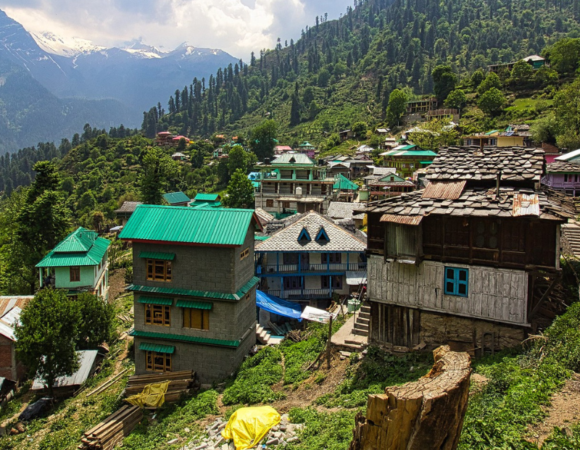





[…] air pollution from vehicle exhaust has major public health benefits. Studies have shown that poor air quality […]
[…] cutlery, too. Foregoing single-use items not only allows you to do more with less but also helps combat pollution and protect the local […]